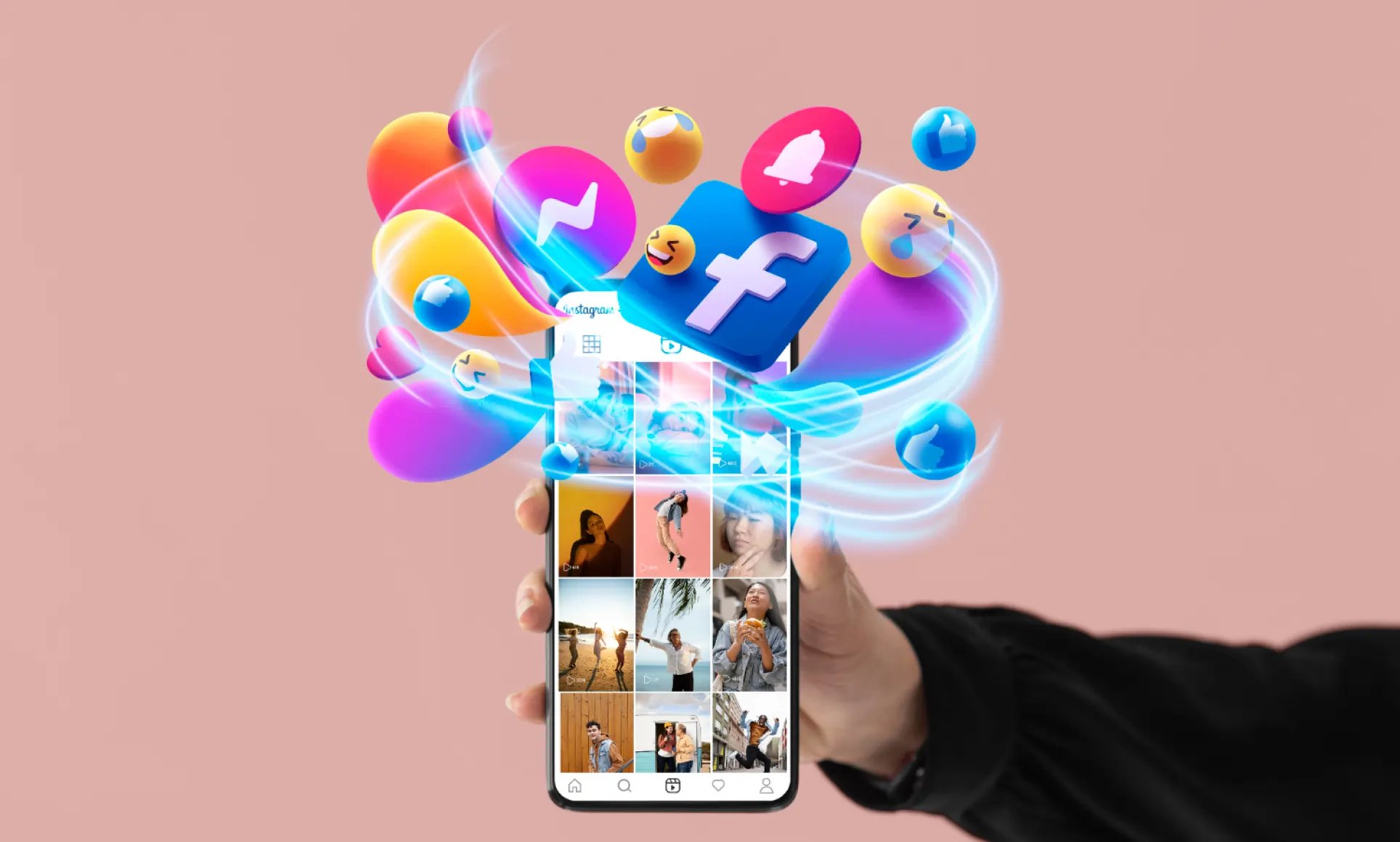
Social media personas are profiles that represent your ideal customers, focusing on their behaviors and preferences on platforms like Instagram, TikTok, and LinkedIn. They help you create content that resonates with your audience, leading to higher engagement, better ROI, and more relevant posts. Here's how to build them:
- Collect Data: Use platform analytics (e.g., Instagram Insights), tools like SparkToro, and audience feedback through surveys or polls.
- Define Key Elements: Include demographics (age, location, income), platform usage habits, goals, and challenges.
- Create Persona Profiles: Organize data into templates with sections like background story, behavior, and decision drivers.
- Apply Personas: Tailor content, choose the right platforms, and optimize posting schedules to match each persona.
Quick Comparison:
| Aspect | Social Media Persona | Marketing Persona |
|---|---|---|
| Focus | Platform-specific behaviors | Broad customer journey |
| Data Sources | Social analytics, engagement metrics | Demographics, purchase history |
| Application | Content strategy, platform selection | Overall marketing strategy |
| Time Frame | Current social trends | Long-term customer lifecycle |
Social Media Persona: Understanding Your Audience on Social Media
Step 1: Collect Audience Data
Building effective social media personas starts with gathering detailed audience information. Analytics tools today can provide rich insights into what your followers do, like, and engage with on various platforms.
Review Platform Analytics
Platform-specific analytics are a great starting point for understanding your audience. However, they often have limitations. For instance, Instagram Insights only allows access to 90 days of data, making it tough to identify long-term trends.
For a more in-depth look, you might want to explore specialized analytics tools that offer additional features:
| Tool | Key Features | Starting Price |
|---|---|---|
| Social Status | Focused analytics with detailed performance metrics | $9/month |
| Iconosquare | Over 100 metrics, including historical data access | $59/month |
| Sendible | 200+ analytics modules and white-label reporting | $29/month |
| Agorapulse | Tracks ROI in actual monetary terms | $69/month |
Get Direct Audience Feedback
Analytics provide numbers, but for deeper insights, you need to hear directly from your audience. Surveys are a great way to uncover details such as:
- What type of content they prefer
- How they use specific platforms
- Their challenges or pain points
- What motivates them to engage
- How they perceive your brand
You can also use built-in platform tools like Instagram Stories polls or Twitter polls to quickly gather feedback.
Use Research Tools
Certain tools can dig even deeper into audience behavior. For example, SparkToro is a favorite among marketers for its unique ability to identify audience affinities:
"SparkToro is an essential audience research tool that does things nothing else does. I've used it to identify audience affinities I can use to build out Facebook Advertising audiences, and Twitter ad targeting (which we've found to be an amazing way to reach people)." – Ciaran Rogers, Marketing Director, Target Internet
For the best results, combine insights from multiple sources:
- Social listening tools to monitor mentions and sentiment
- Competitor analysis features in platforms like Sprout Social
- Industry benchmarks with tools like Rival IQ
- Demographic and psychographic data from advanced analytics platforms
This combination of data will help you create accurate and detailed persona profiles in the next step.
Step 2: List Core Persona Elements
Break down your audience data into key elements that define your social media personas. Research highlights that ads tailored to specific personas deliver twice the results compared to generic targeting . Once these elements are clear, you'll be ready to craft detailed persona profiles.
Basic Audience Facts
To understand your audience, combine demographic and psychographic data. Here are some key demographic details to consider:
| Element | Why It Matters | How to Use It |
|---|---|---|
| Age | Shapes content style and platform choice | Match messaging to their life stage |
| Location | Impacts timing and cultural relevance | Align with time zones and regional trends |
| Income | Indicates product/service affordability | Adjust pricing and value propositions |
| Education | Influences content complexity | Simplify or elevate language as needed |
| Occupation | Provides insight into professional context | Address industry-specific needs and pain points |
Platform Usage Patterns
Understanding how your audience interacts with platforms is crucial. Focus on:
- Which platforms they use most and how often
- Their preferred content formats (videos, articles, infographics)
- Peak activity times
- Interaction style (e.g., active commenter vs. quiet observer)
- Time spent on each platform
For example, Denny's uses memes on Instagram and Twitter to connect with millennials, while sticking to more conventional content on Facebook for older demographics .
Goals and Challenges
Knowing your audience's goals and struggles helps you create content that speaks to them. Identify:
- Their personal and professional ambitions
- Everyday obstacles they encounter
- Types of information they seek
- What influences their decisions
- How they define success
With 62% of marketers saying personalization is their most effective strategy , these insights will help you craft content that truly resonates with each audience segment.
sbb-itb-3858882
Step 3: Build Persona Profiles
Turn your audience data into clear, actionable persona profiles. Why? Because segmentation works - 80% of companies report increased sales by using it . These profiles will guide your content strategy in the next steps.
Select Profile Format
Choose a simple, standardized template to organize your personas effectively.
| Section | Content to Include | Purpose |
|---|---|---|
| Visual Identity | Photo and basic demographics | Easy recognition and empathy building |
| Background Story | Goals, challenges, and motivations | Understand user context |
| Platform Behavior | Usage patterns and preferences | Shape content strategy |
| Decision Drivers | Values, influences, and pain points | Tailor your messaging |
Write Persona Stories
Write short, clear narratives to bring each persona to life. These stories help connect raw data to practical content strategies.
"Telling a brand's story begins with finding its truth. Whether in social or broadcast or any medium in between, consumers will seek out brands that feel authentic to both their values and what they want from a product or company. Once we've mined that truth we then convert it into an outward-facing message that can be disseminated and interpreted in every channel to every audience."
Make sure to include these key elements:
-
Core Identity
Build a detailed background. Include their career path, daily routines, and main responsibilities. For example, Nike’s social media persona focuses on inspiration and staying true to audience values and aspirations . -
Behavioral Patterns
Highlight their social media habits, content preferences, and engagement styles. Add specifics like favorite platforms and peak activity times. -
Value Proposition
Pinpoint what matters most to this persona. Why do they connect with brands? With 86% of consumers favoring authentic brand images , focusing on genuine connections is key.
Add Data Graphics
Use visuals to make your profiles more engaging and easier to understand. Examples include:
- Platform usage charts
- Daily activity timelines
- Content preference breakdowns
- Influence factor visuals
- Goal and challenge matrices
With polished profiles in hand, you're ready to use these insights to shape a targeted content plan.
Step 4: Use Personas in Content Planning
Once you've developed detailed persona profiles, it's time to build a content strategy that speaks directly to them. Personalization matters - 62% of marketers say it's their most effective technique .
Match Content to Personas
Create content that aligns with each persona's unique needs and preferences.
"A social media persona enables your social media managers to see the world from customers' perspectives and put themselves in their shoes. This empathy-driven approach helps create content that resonates with the audience's needs, preferences, and pain points, making your communication more effective and authentic." - Adina Jipa, Founder and CMO of Socialinsider
Here’s how you can tailor content for different personas:
- Professional Decision-Makers: Share industry insights, case studies, and data reports. Ideal platforms: LinkedIn, Twitter.
- Creative Enthusiasts: Focus on visual storytelling and behind-the-scenes content. Ideal platforms: Instagram, TikTok.
- Community Builders: Encourage interaction through polls and discussion threads. Ideal platforms: Facebook, Twitter.
- Tech-Savvy Early Adopters: Provide product updates and how-to guides. Ideal platforms: YouTube, LinkedIn.
Once you've planned content, think about where your audience spends their time online.
Select Platform Mix
Choosing the right platforms is just as important as creating the content. LinkedIn is perfect for professional updates, while Instagram is great for visual content. Facebook works well for fostering community discussions, and TikTok excels in short, engaging videos. Focus your efforts on the platforms where your personas are most active.
Set Post Schedule
Timing is everything when it comes to engagement. Research suggests these posting times for different platforms:
- LinkedIn: Best engagement happens on weekdays between 9 am and 5 pm.
- Instagram: Fridays at 7 am tend to perform the best.
- TikTok: Peak engagement is at 2 pm on Mondays and 4 pm on Wednesdays.
- Facebook: Fridays at 10 am are optimal for general posts.
Adjust these times to fit your audience's habits and time zones. With 91% of consumers wanting personalized messages and offers , posting at the right time can make all the difference.
Finally, track how your content performs across personas and platforms. Use this data to refine your strategy, ensuring your content continues to address the pain points and interests highlighted in your persona profiles. Focus on delivering content that truly connects.
Conclusion: Next Steps
Social media personas need regular updates to stay useful. As platforms change and audience habits shift, it's crucial to adjust your personas to match.
Here are some ways to keep your personas accurate and effective:
Keep Personas Up-to-Date
Regularly review and refine your personas by monitoring key metrics and trends.
| Aspect to Monitor | Tool Example | Why It Matters |
|---|---|---|
| Social Listening | Sprinklr | Tracks trends in real-time |
| Review Management | Reputation | Monitors feedback across platforms |
| Content Performance | Hootsuite | Helps plan and analyze content |
Actionable Tips:
- Check Analytics Often: Use tools like Sprout Social to spot new trends in audience behavior.
- Analyze Sentiment: Track how people feel about your brand with sentiment analysis tools.
- Study Competitors: Keep an eye on what competitors are doing and adjust your strategy if needed.
"Algorithms change more often than a social media strategist can keep track. And so do audiences, but, luckily, with the right tools, you can stay competitive and relevant"




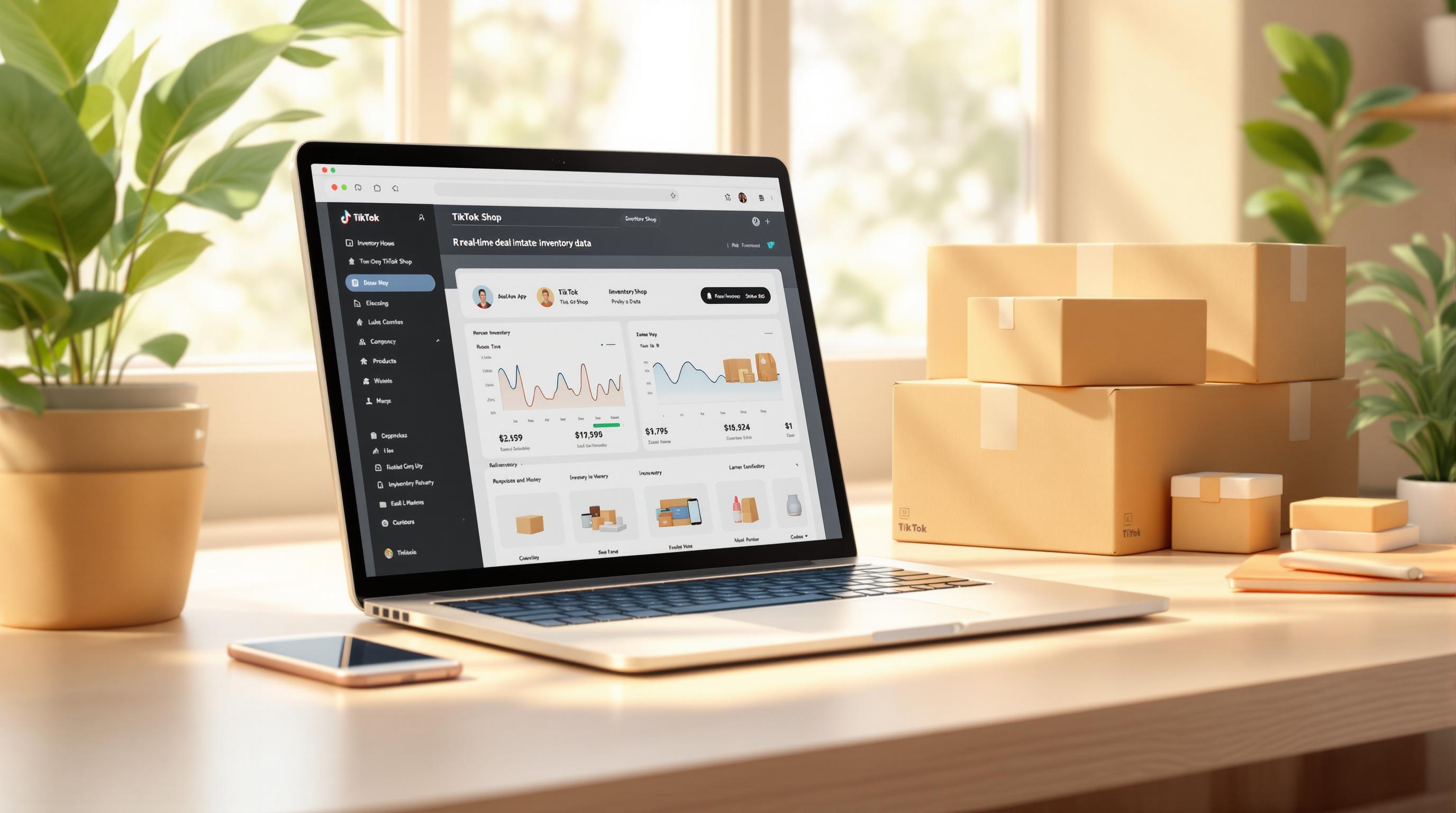


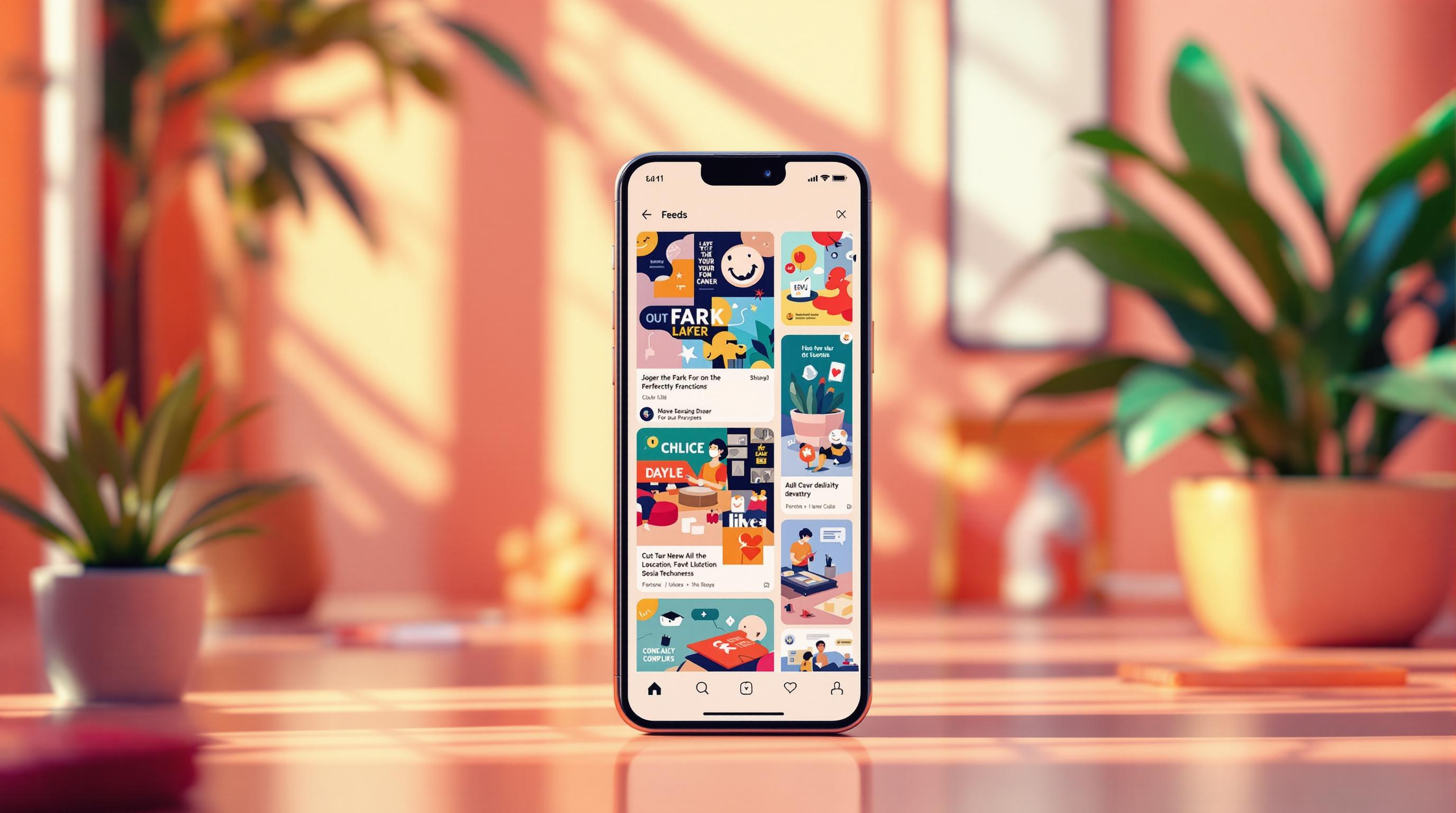
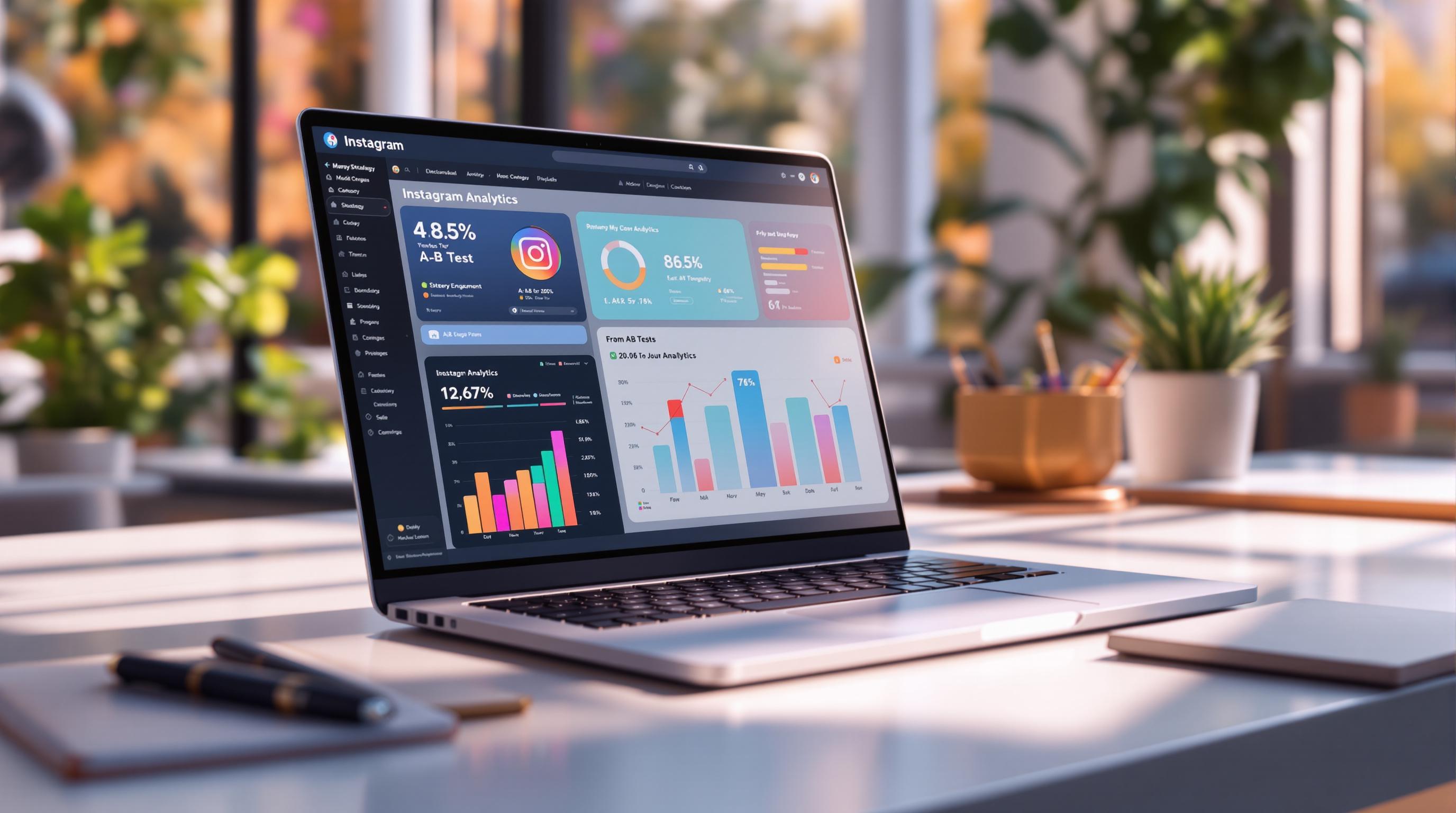
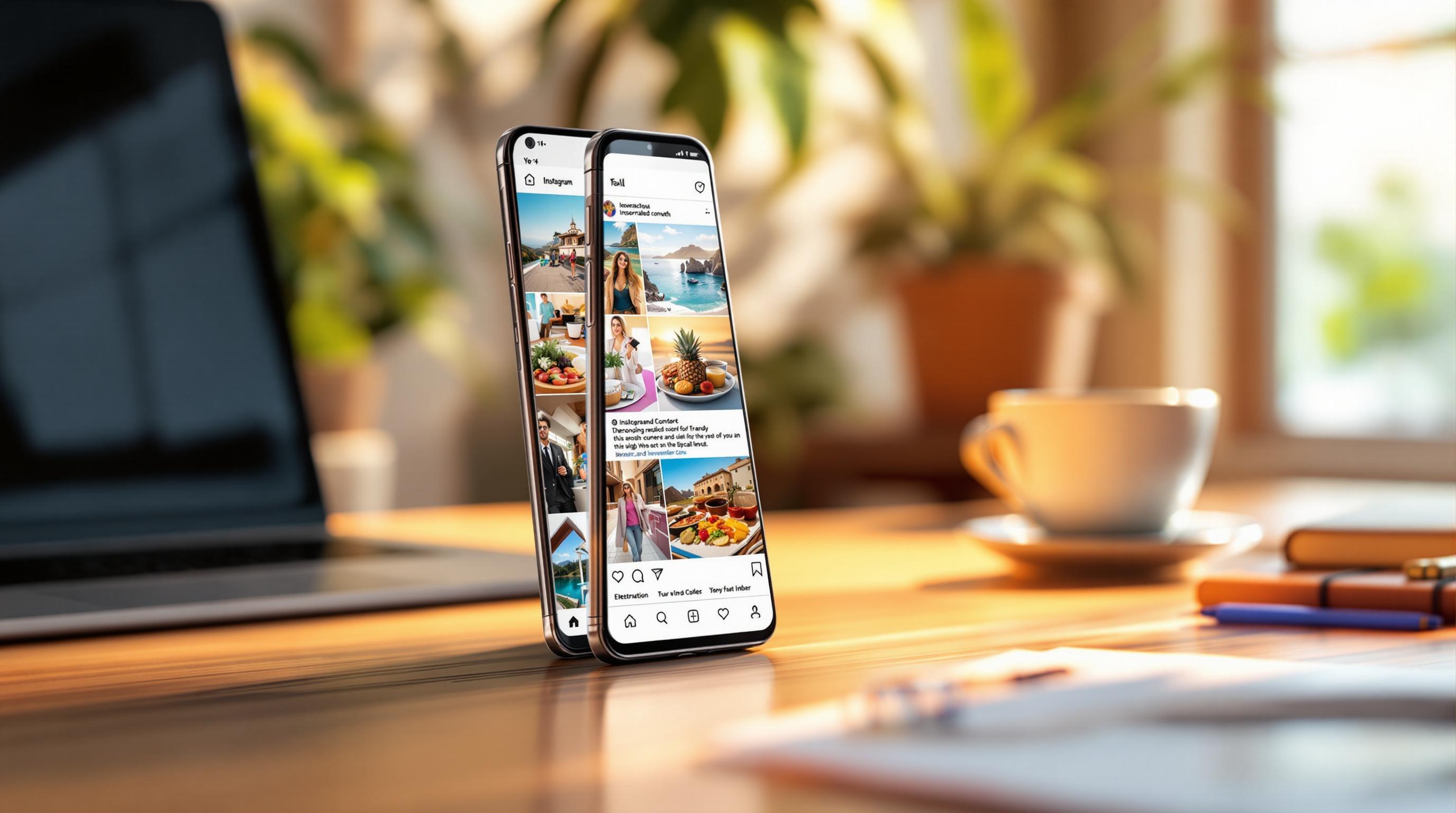







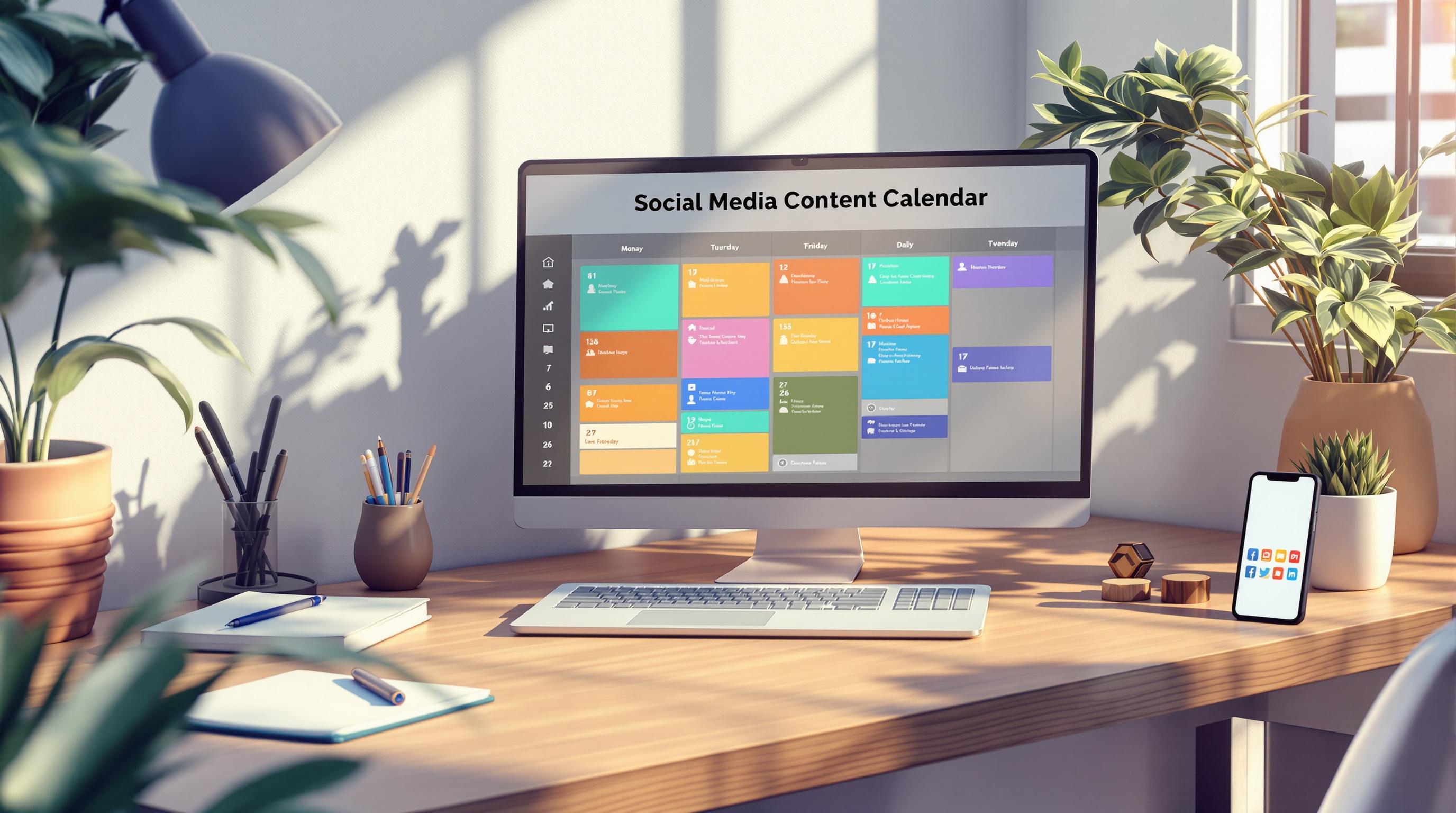


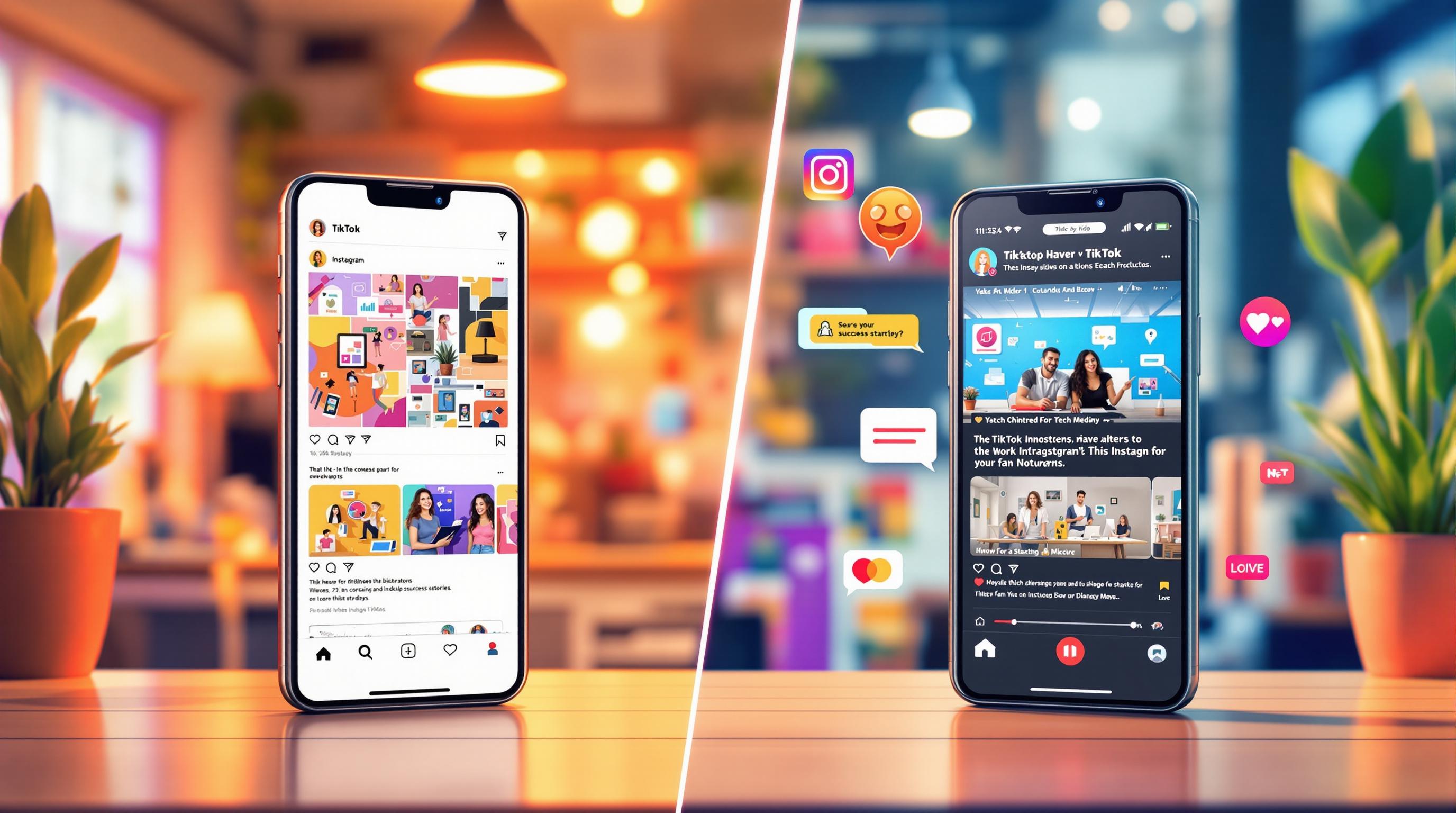
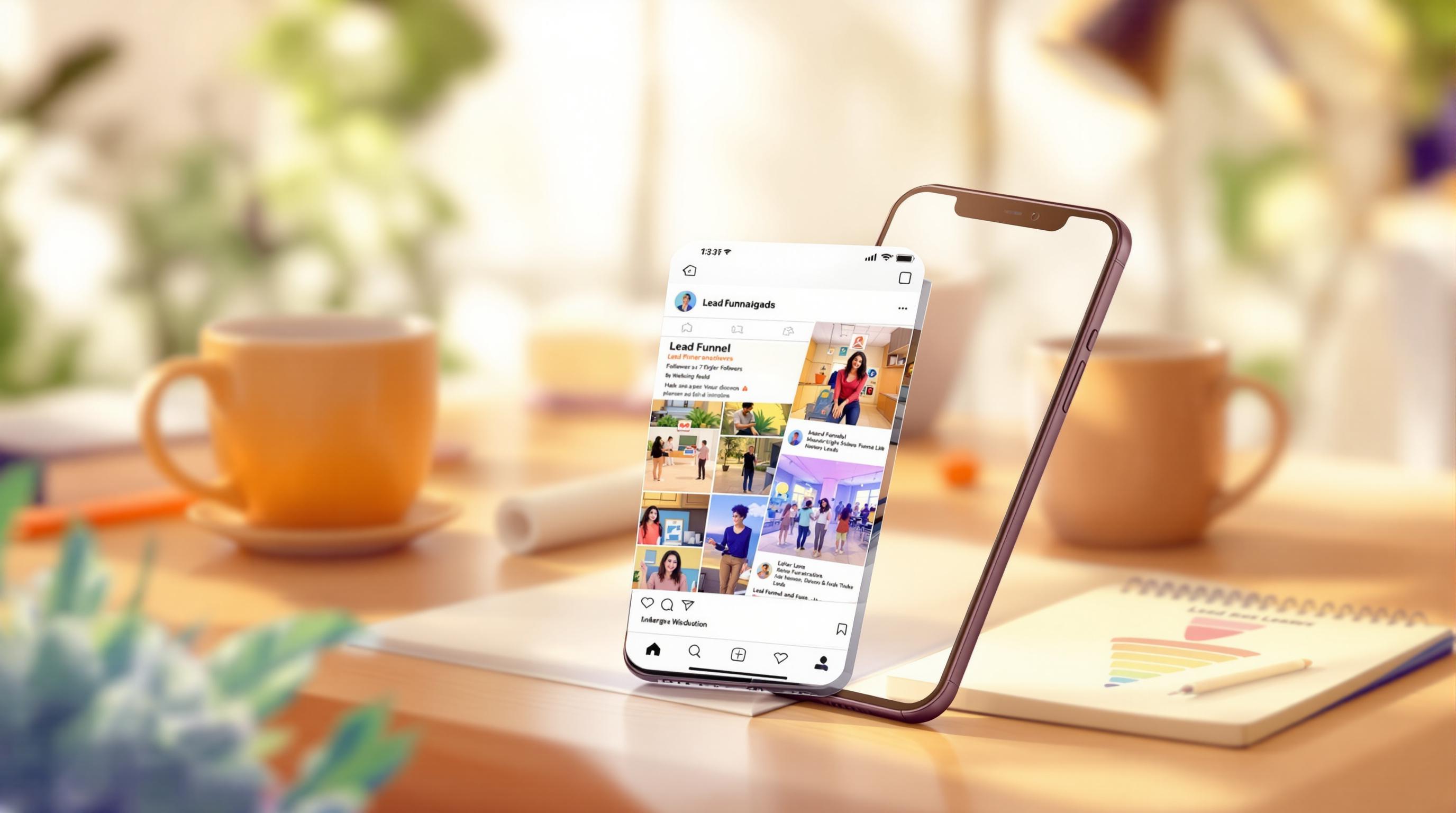
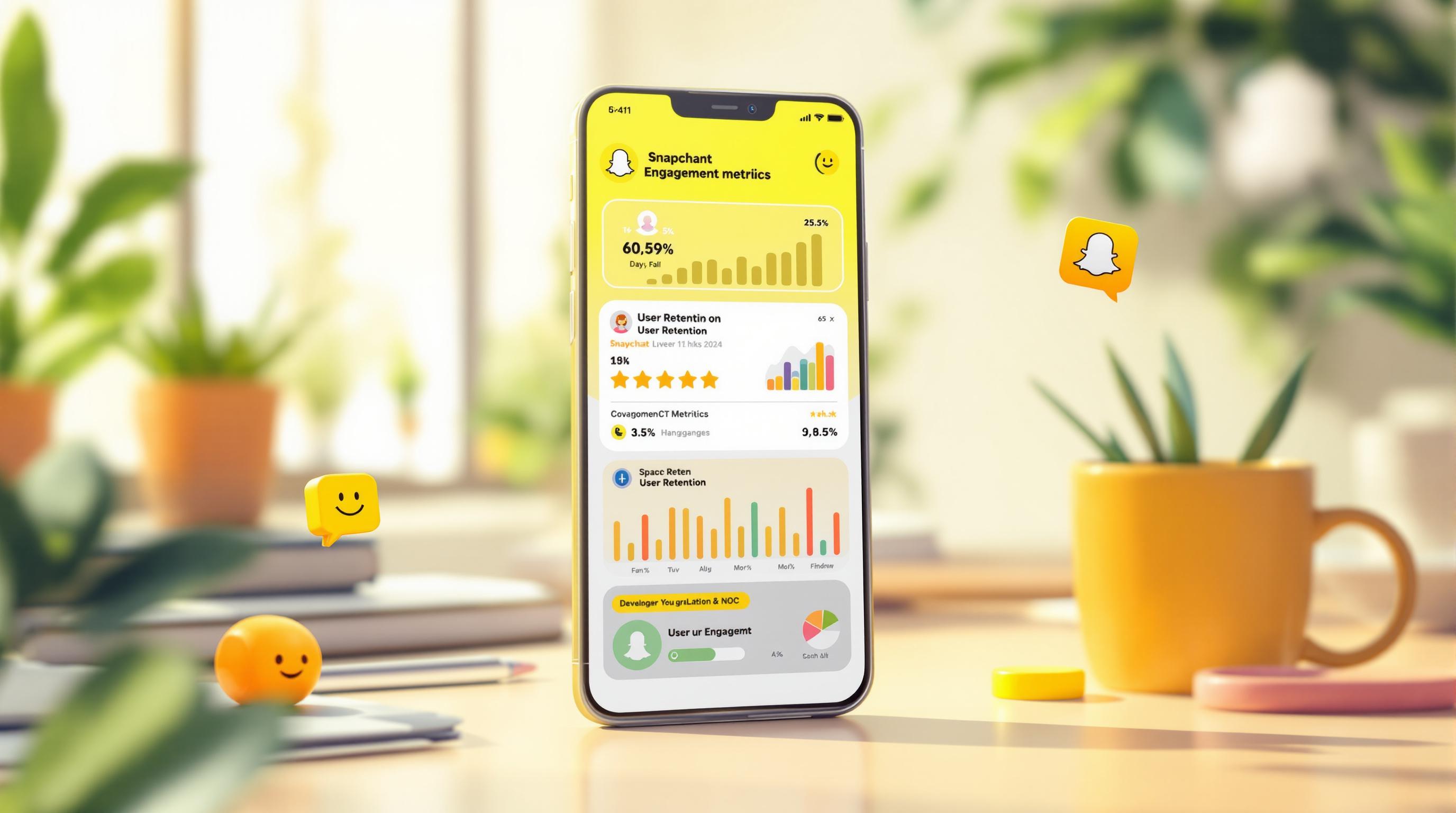
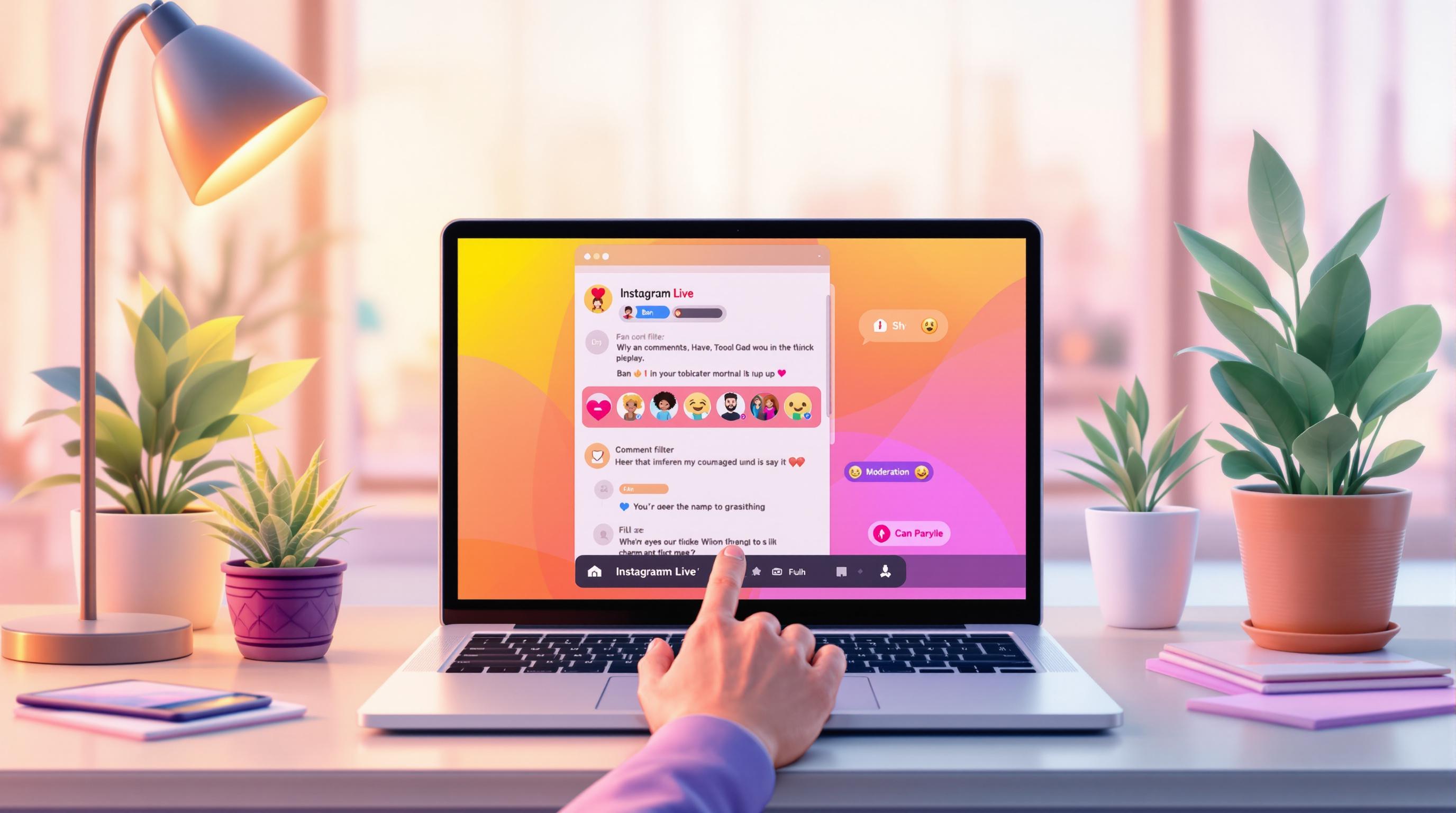
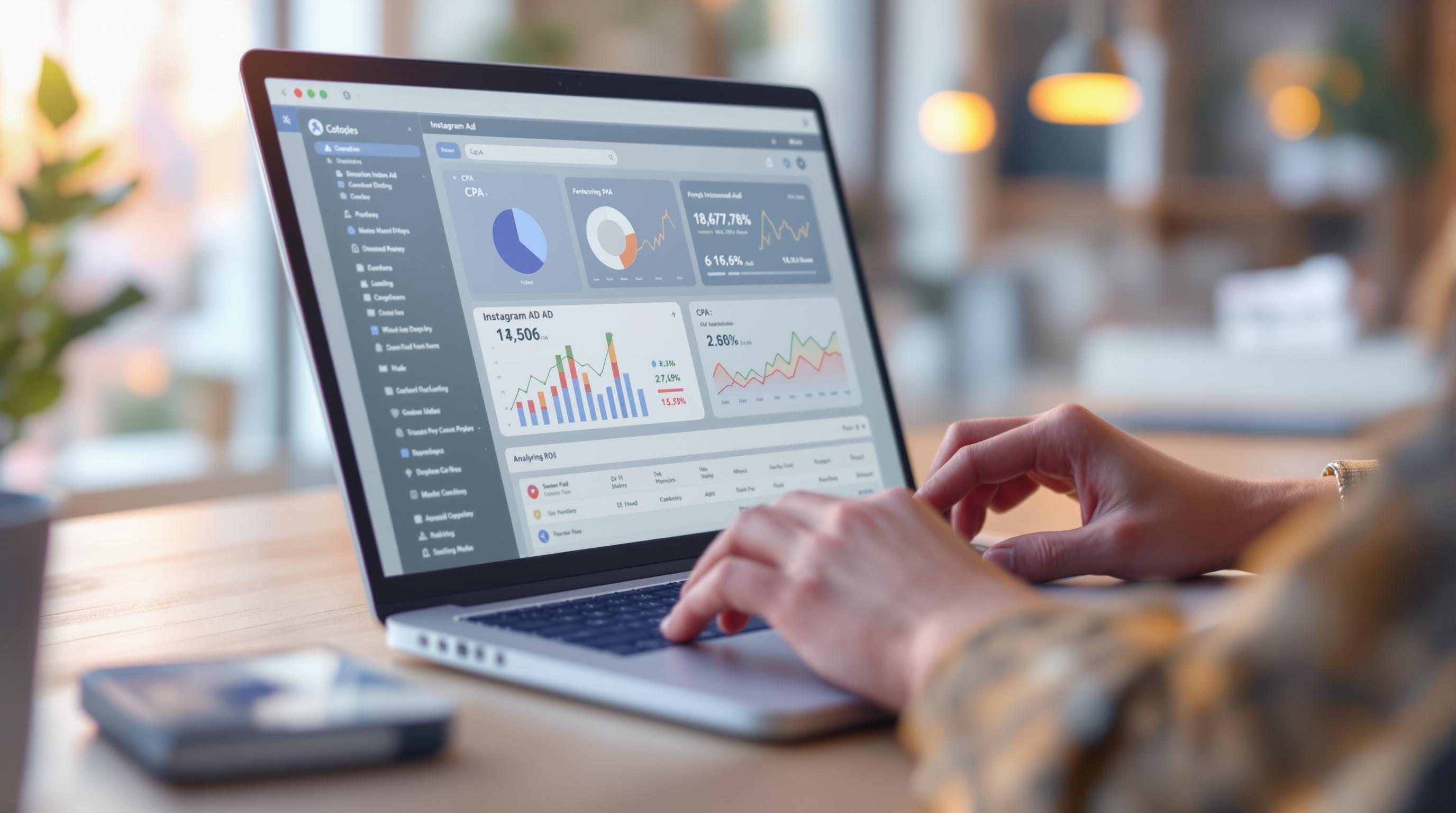

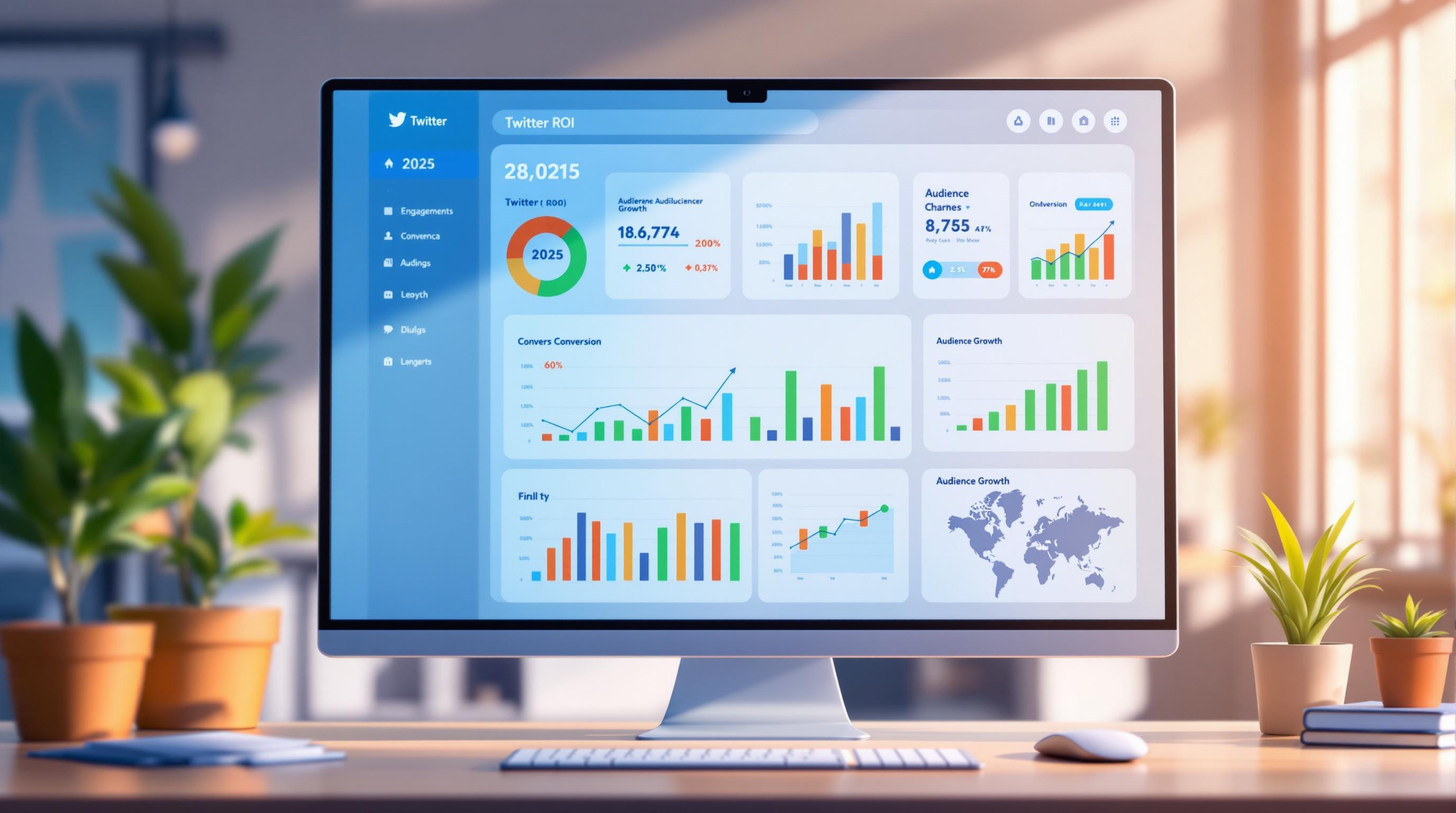
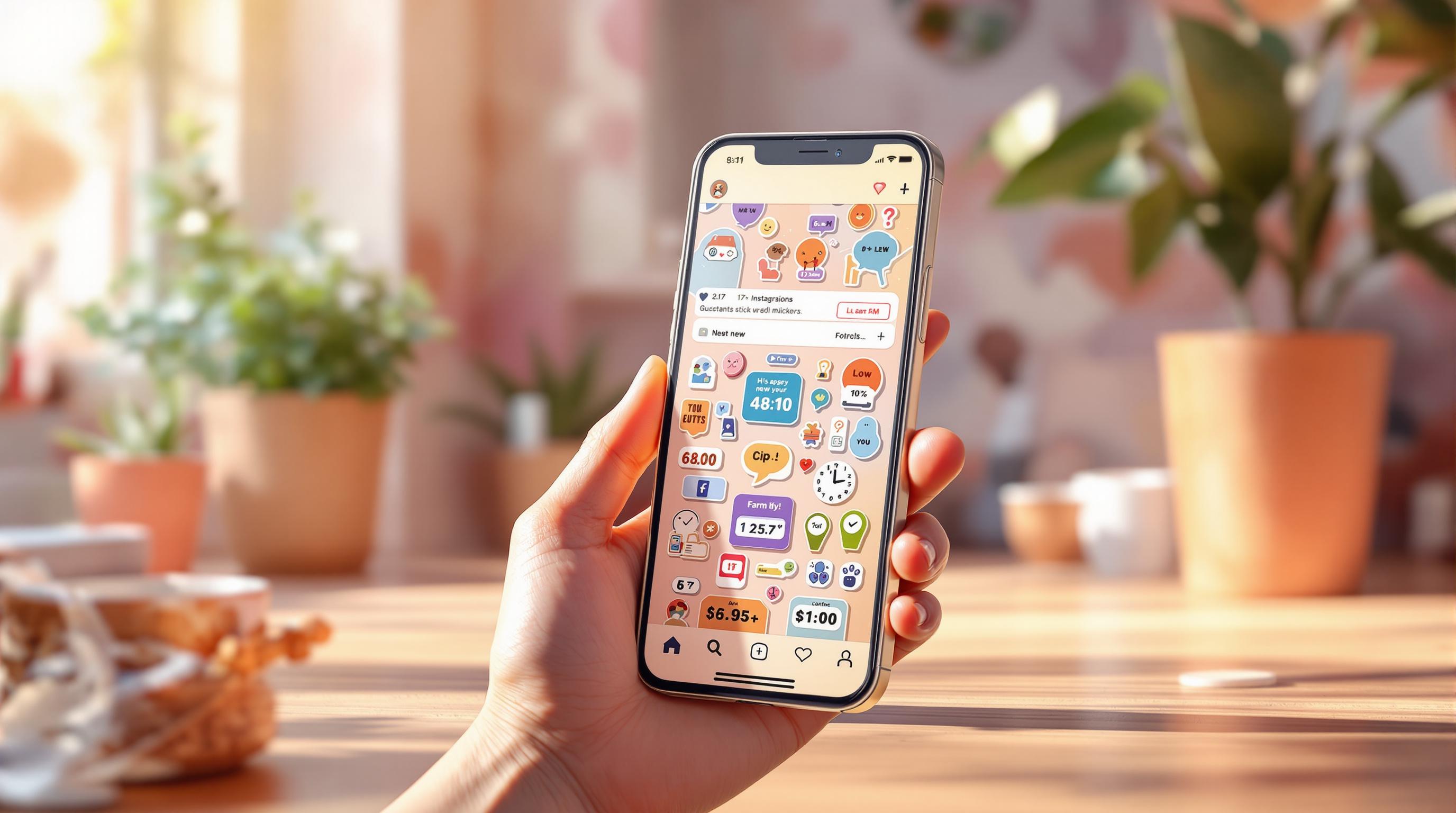
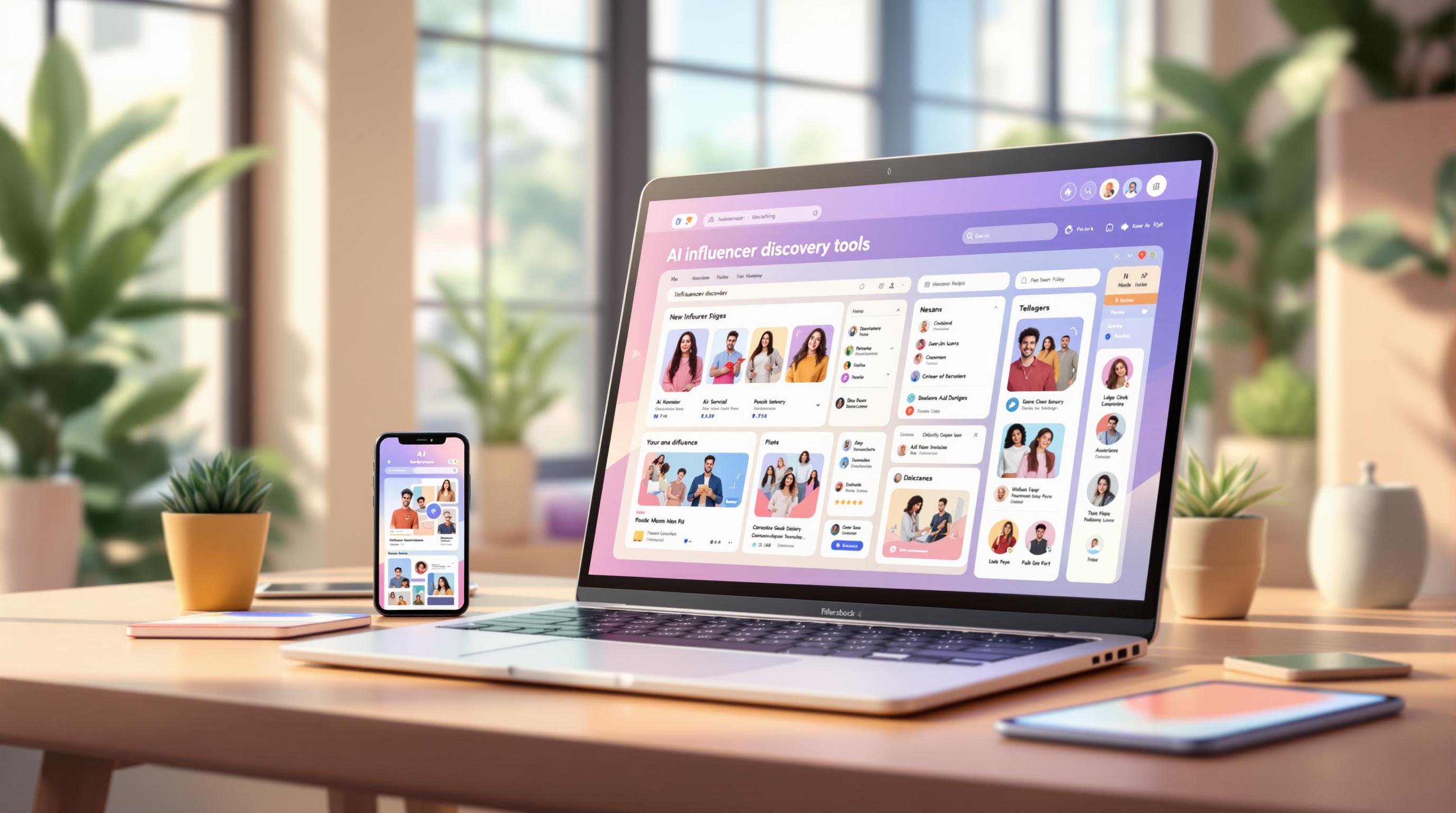


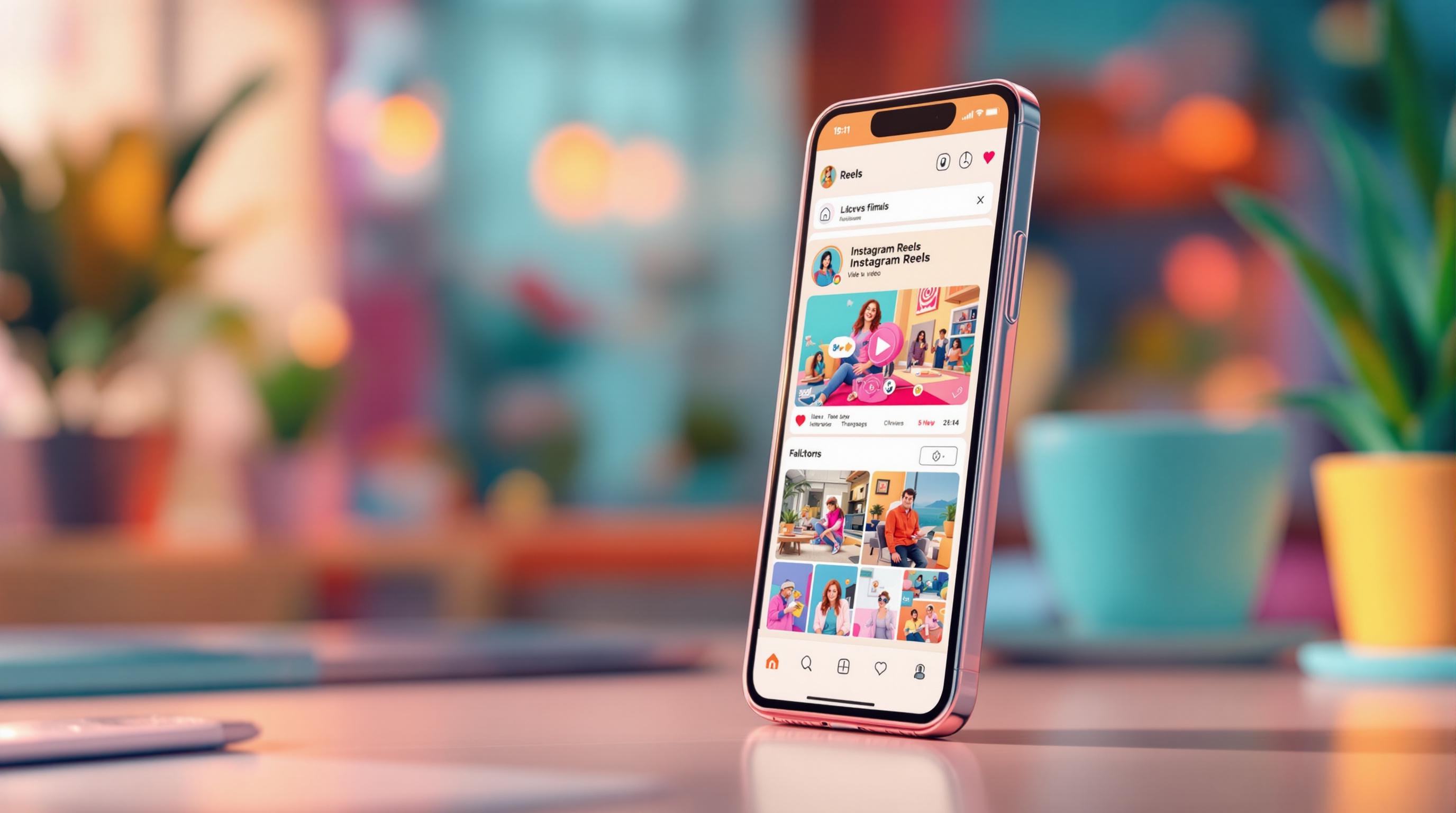
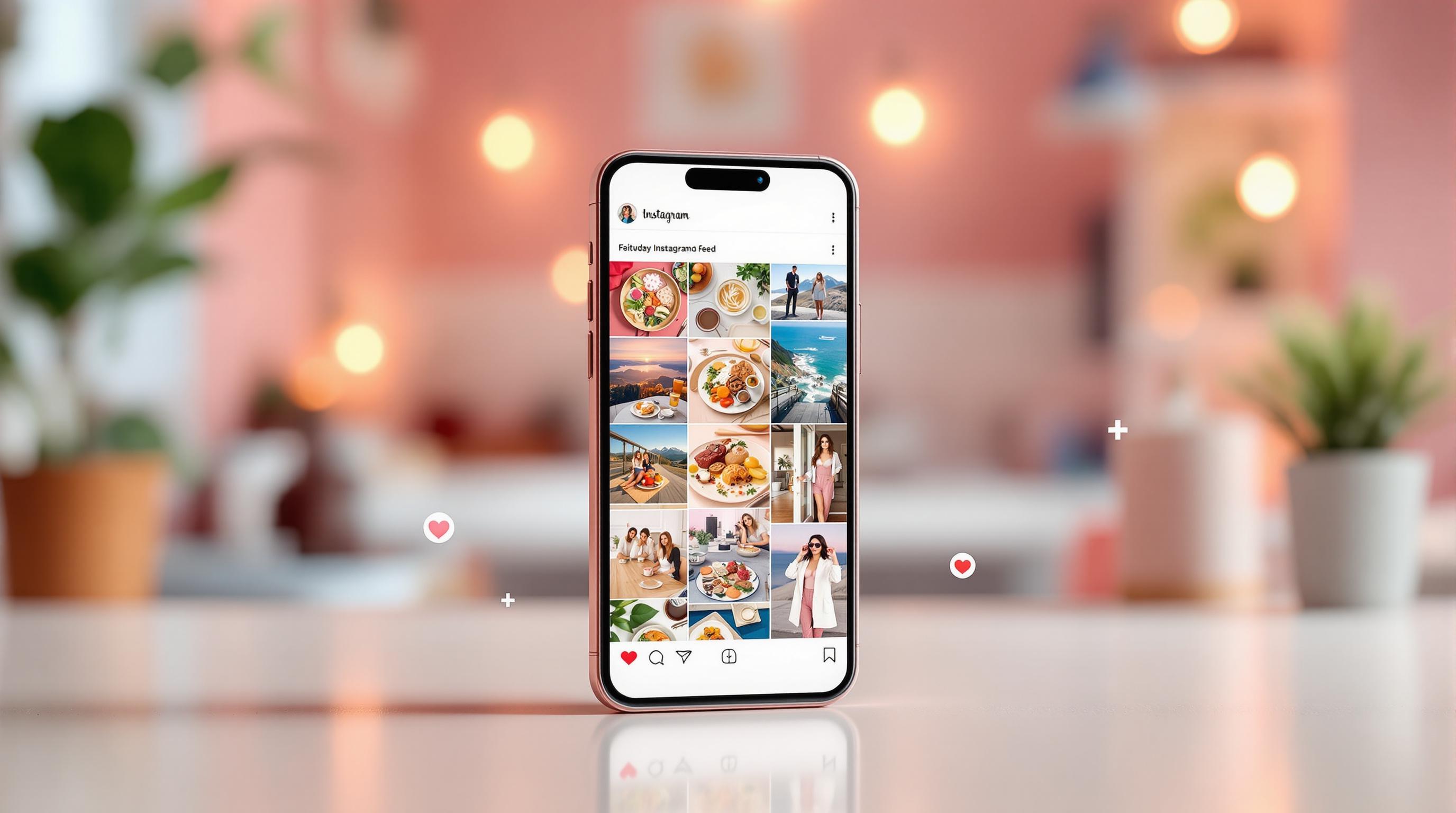



![Top 7 Best Instagram Growth Services in 2025 [RESULTS]](/cdn-cgi/image/fit=contain,format=auto,width=null/https://cdn.prod.website-files.com/67840d1d88a886f29a66a4c1/6795d12917ee4501b9eddf73_6795c731964f791db3b566c4-1737870861582.jpg)
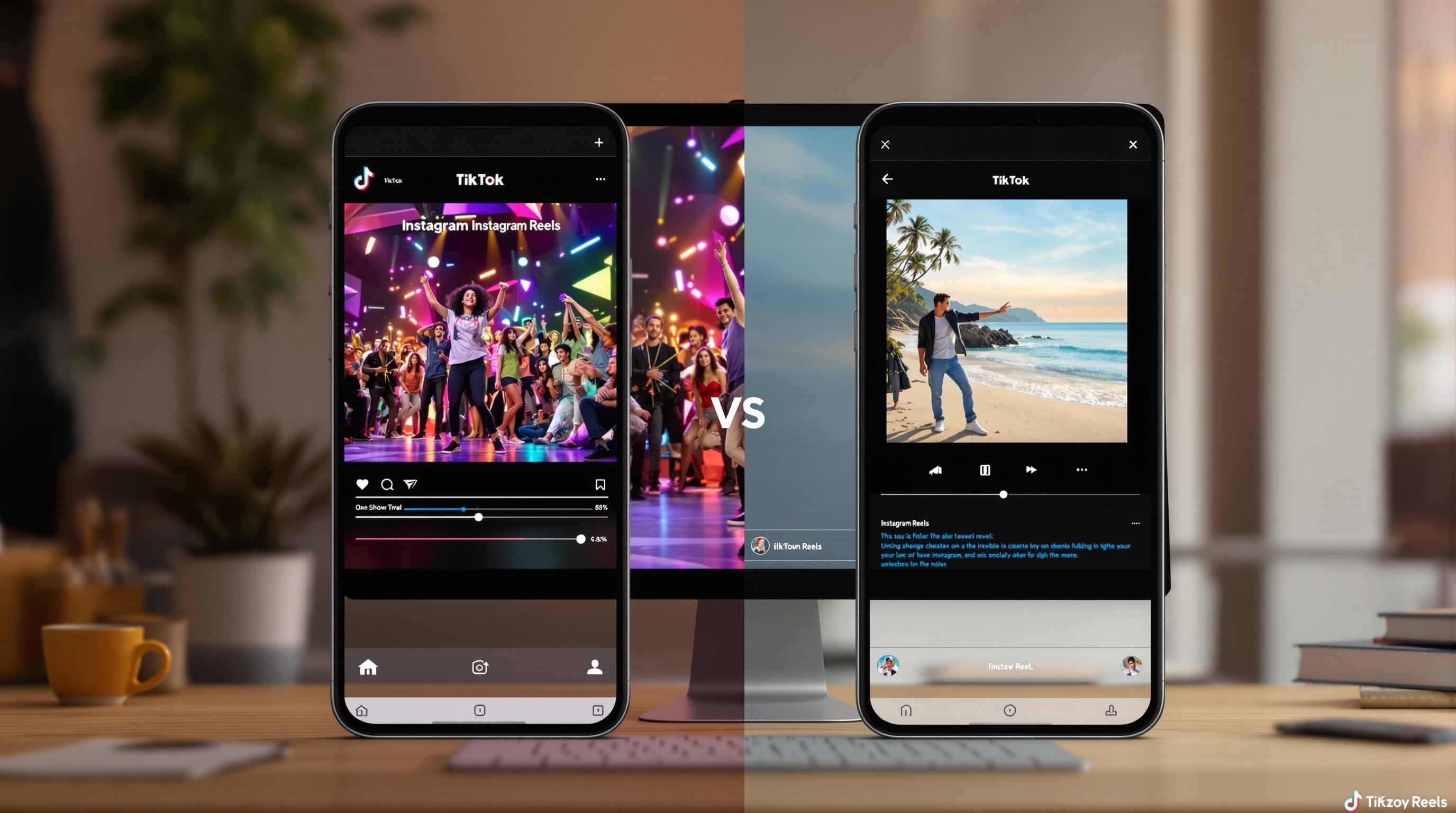
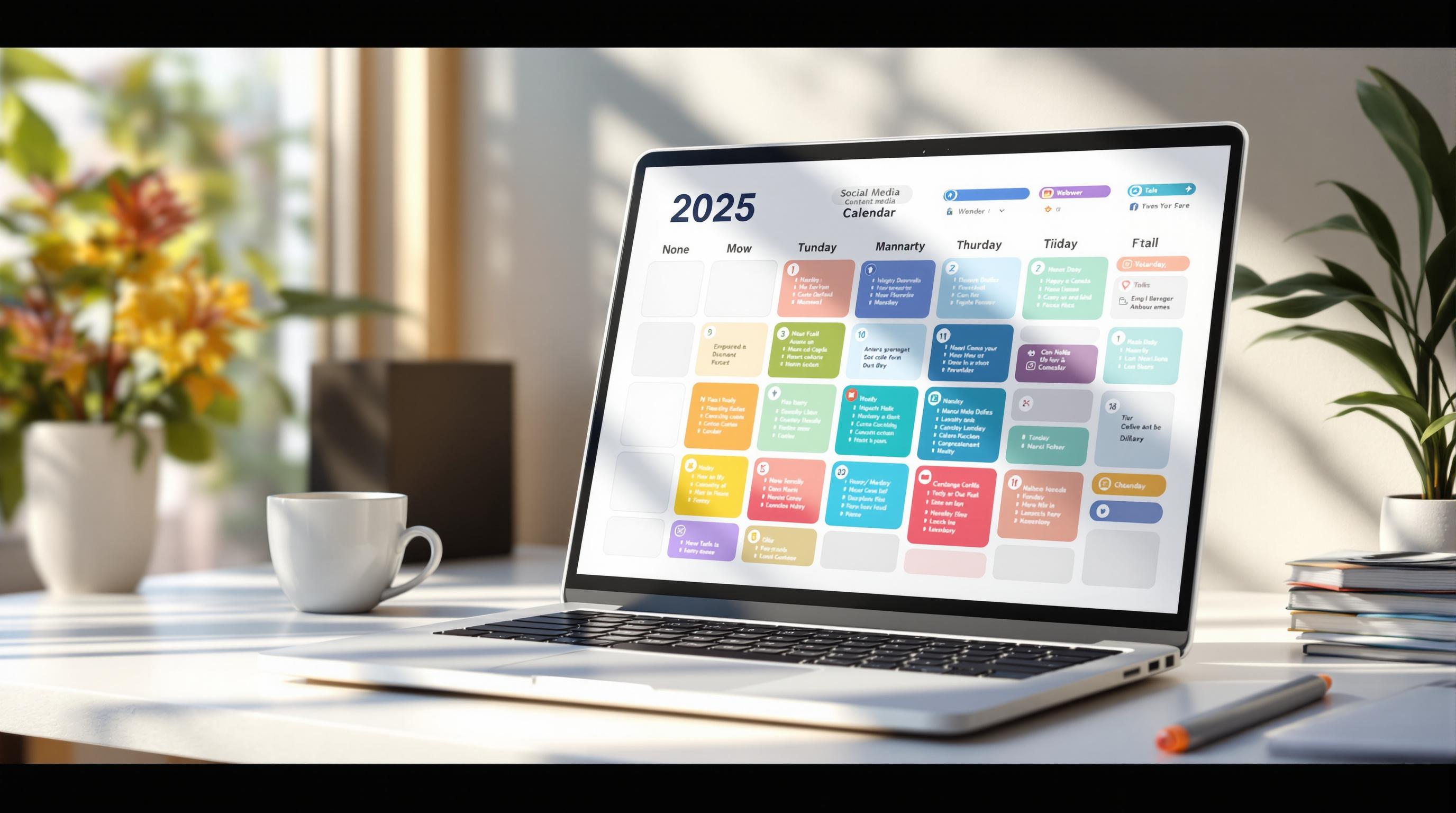
![UpGrow Review – The Best Instagram Growth Service in 2025 [TESTED]](/cdn-cgi/image/fit=contain,format=auto,width=null/https://cdn.prod.website-files.com/67840d1d88a886f29a66a4c1/6795040db42e404207732526_6794fd9c964f791db3b48de9-1737818779111.jpg)

